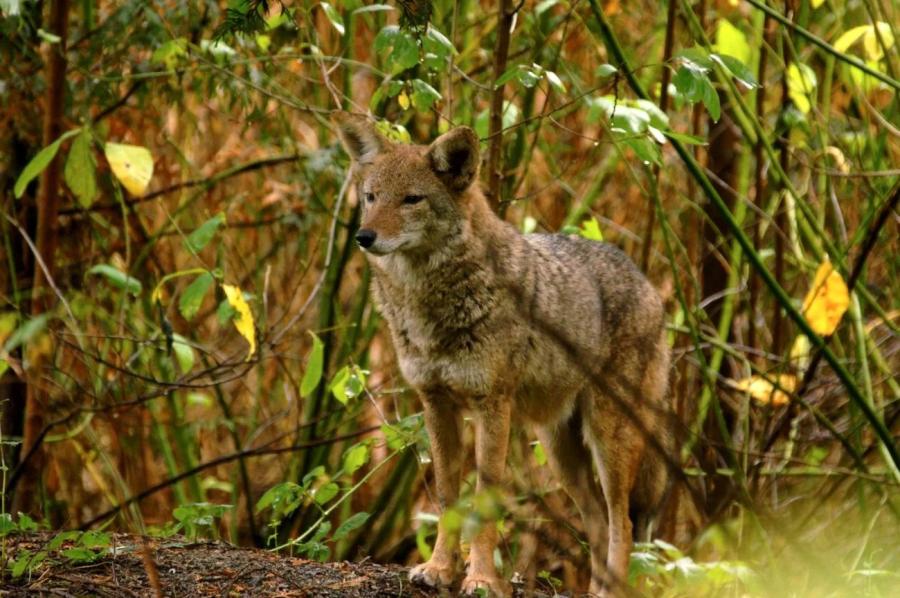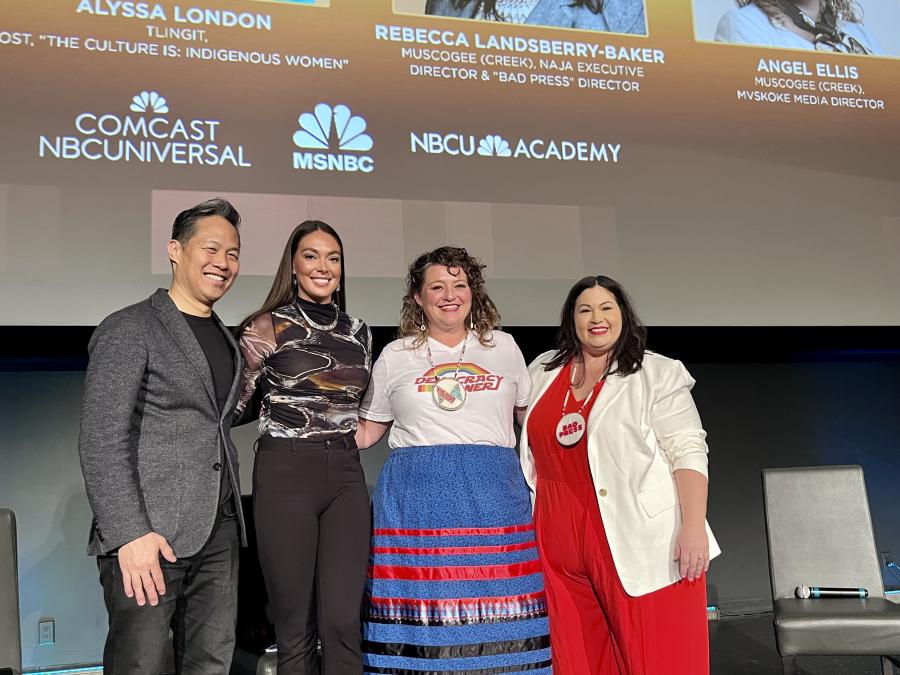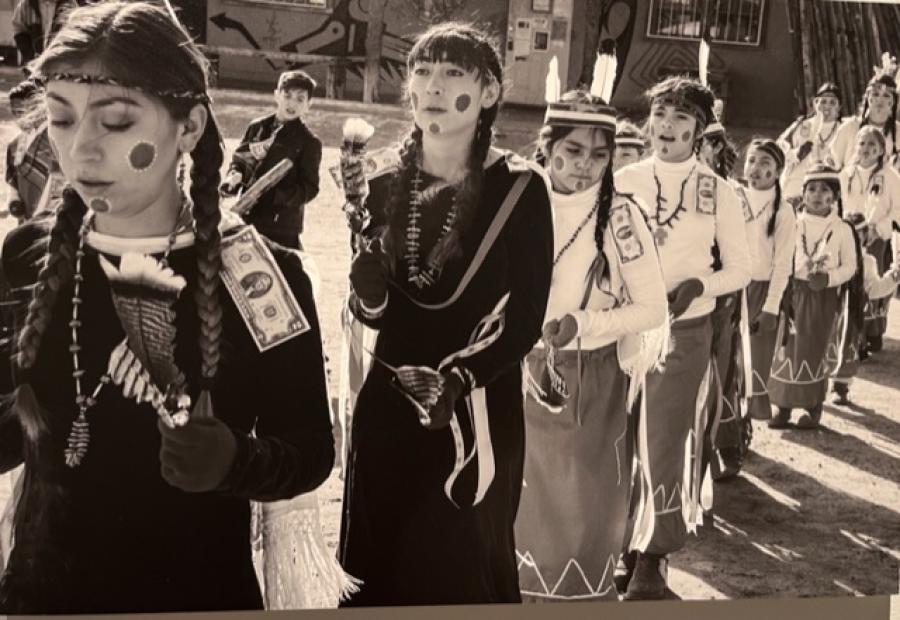
“I really appreciate this initiative to assist vendors with marketing and sales and to help open up new markets! Very encouraging to see Cultural Survival investing in the Bazaars. Thanks for all your time and efforts." -- Imre Kepes, Guatemala Art and Culture Connection
On July 23-27, 2018, Cultural Survival hosted its second Indigenous Artisan Institute in collaboration with the Mariposa Museum and Josephs’ Coat, a fair-trade retail shop. This year’s Institute brought together 15 Indigenous artists from India, Nepal, Uzbekistan, Peru, Mexico, Burkina Faso and Madagascar in Peterborough, NH, where they participated in a variety of workshops,trainings, and pop-up markets led by staff from Cultural Survival, the Mariposa Museum and Joseph’s Coat. "We are very grateful to the Institute and especially to the people who made it possible for us to participate," stated Roberto Domingo Mejia Muñoz of Yolopopotli.
Held during the week between Cultural Survival’s two Bazaars in Newburyport, MA, and Tiverton, RI, the Institute provided artists with opportunities for enrichment and professional development that can be applied to their sales back home and in other sales events.
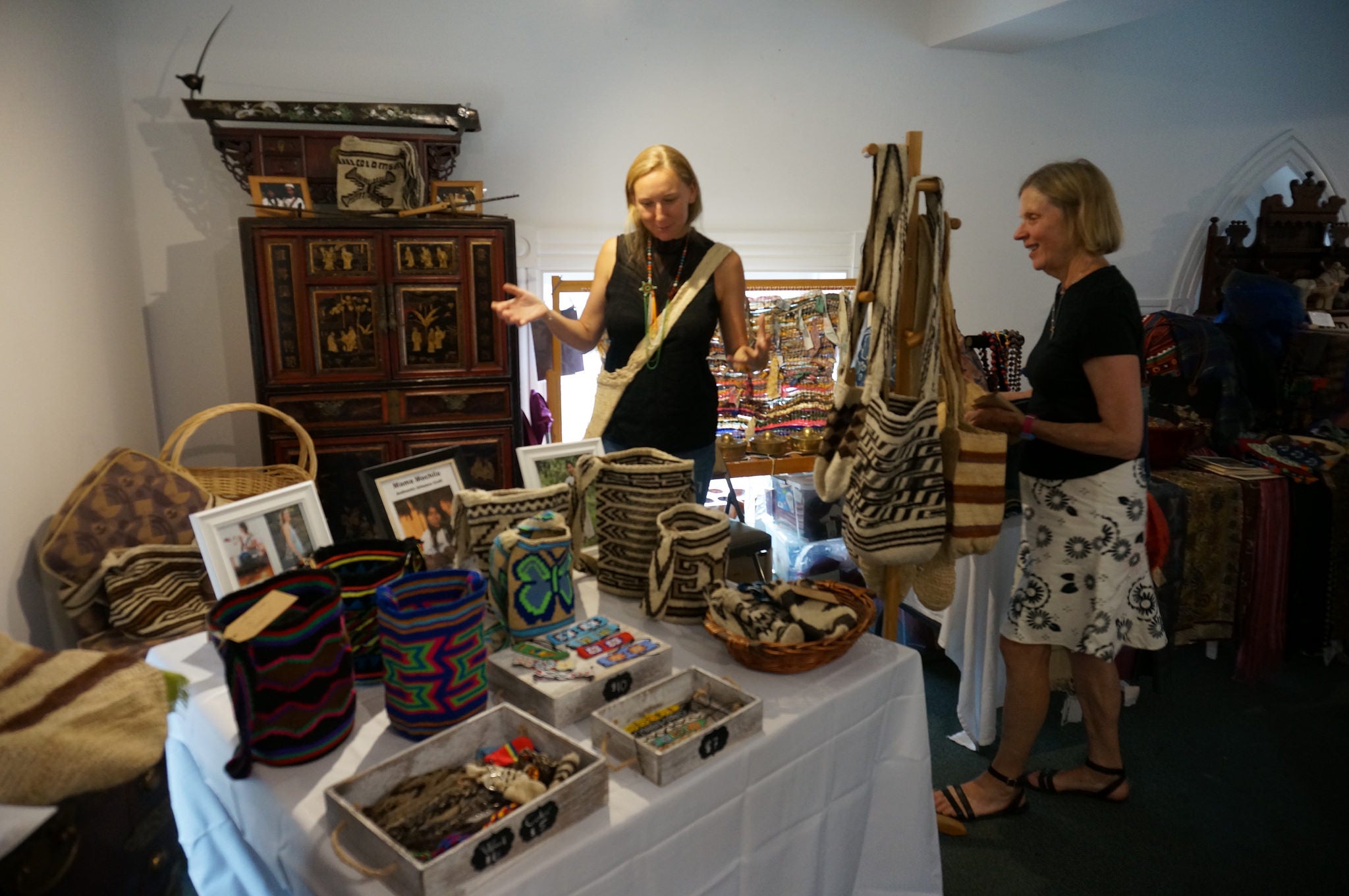
Workshops included topics covering sales, market research, display techniques, pricing and product development. During the training on pricing, for example, retailers and fair trade experts appraised selected crafts in the context of the Greater Boston market, providing artists with valuable information on pricing that fairly reflects their labor and skill. "I learned a lot last year and this year and I believe I will use it throughout life," stated Mir Akhtar of Afra Kashmir.
The workshop on display techniques involved a walk to local shops in Peterborough including antique shops, art galleries and more to observe the unique ways that American retailers and craftspeople display their wares, techniques that some artists then used in their displays for the pop-up markets. A storytelling workshop provided artists with materials and guidance to create written materials to market their work, which was particularly beneficial to artists who do not speak English and therefore face challenging barriers to conveying the richness of their work to people with whom they do not share a language. Victor Urcia participated on behalf of his wife, Deniss Sanchez, a ceramicist from Peru who crafts clay figurines painted in earth tones depicting animals important to her culture.) With the assistance of facilitators, Urcia was able to write descriptions of each figurine, including locally important animals such as the cuy (guinea pig) and the otorongo (jaguar), in English to help tell the cultural and personal stories of his wife’s art.
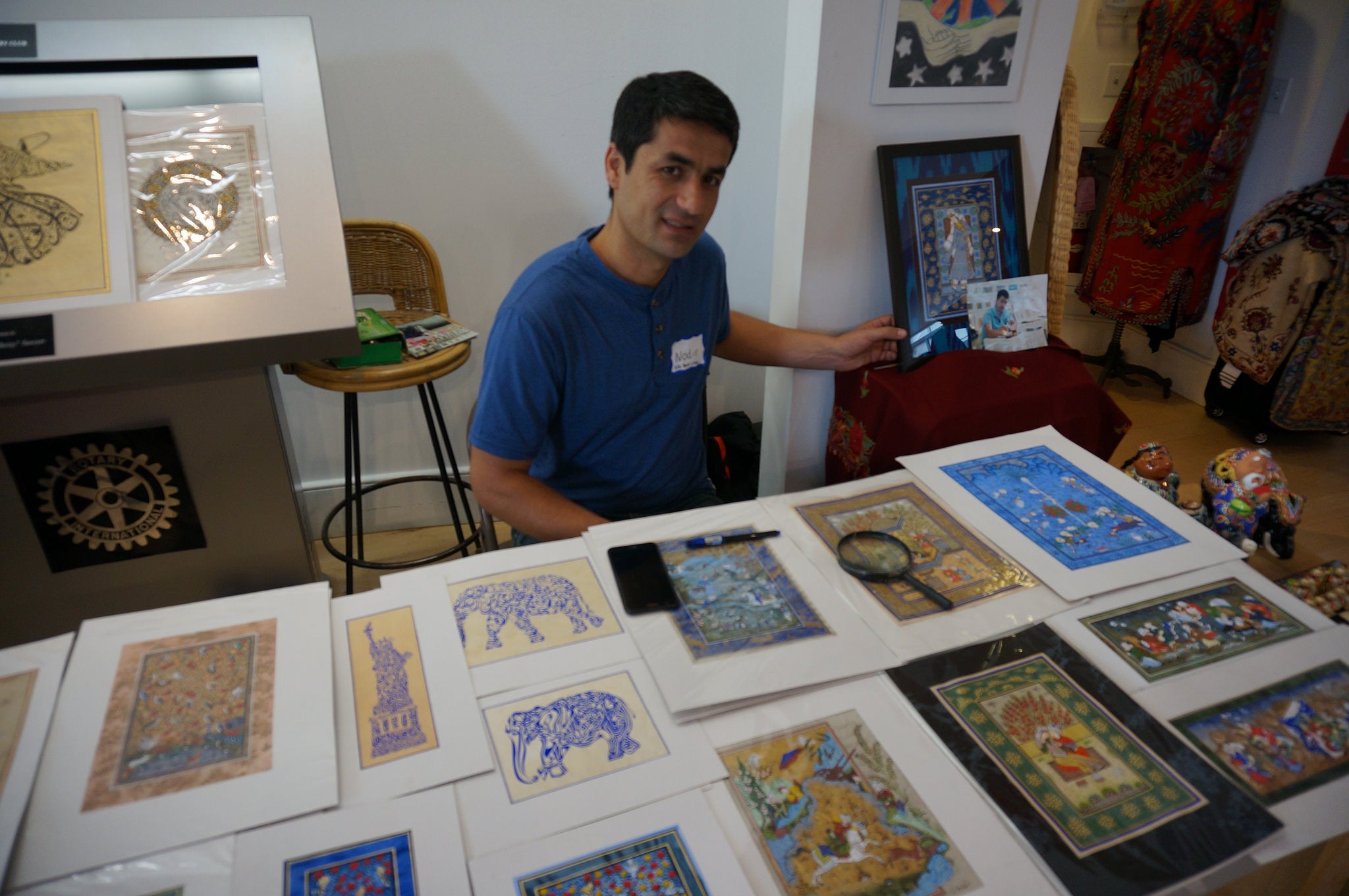
After the workshops, the first night of the Institute ended with a preview party that invited the artists to meet and socialize with local community members, with the opportunity for advance sales. Pop-up markets the following two days at the Mariposa Museum offered artists extra sales opportunities during their stay for the Bazaars and opened up the Bazaar experience to new communities. . The markets featured aromatic natural-fiber vetiver baskets from Madagascar, cashmere scarves from India, Peruvian retablos, intricate paintings and embroidery from Uzbekistan, natural dyed bags from Burkina Faso and more.
The Institute was also filled with cultural exchange and social time among the artists as they participated in the workshops, enjoyed meals together in the evenings, and explored the local area together, which helped create a genuine feeling of a “Cultural Survival family,”as several artists put it. By the end of the Institute, artists gained valuable knowledge, grew closer to each other and experienced a true celebration of Indigenous arts. "We are very grateful for the support of your organization and all the people that helped make this happen," stated Martha Patricía García Aguilar of Yolopopotli.
